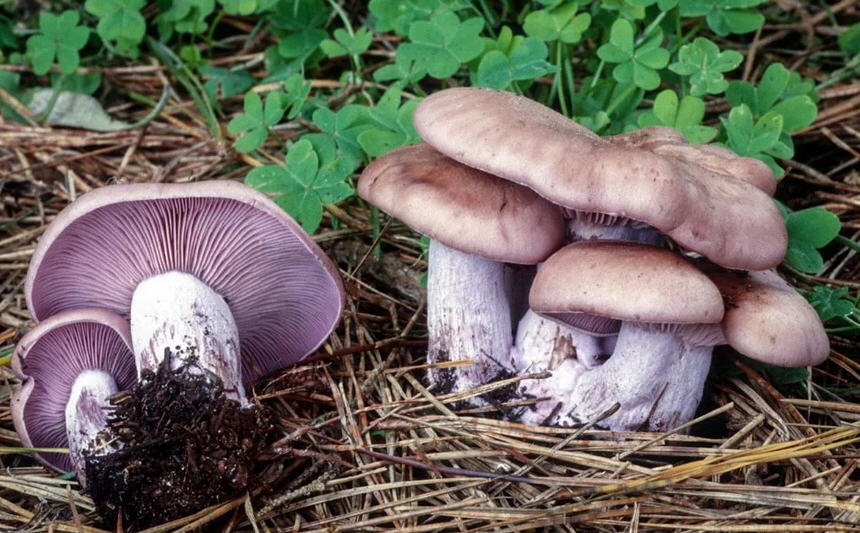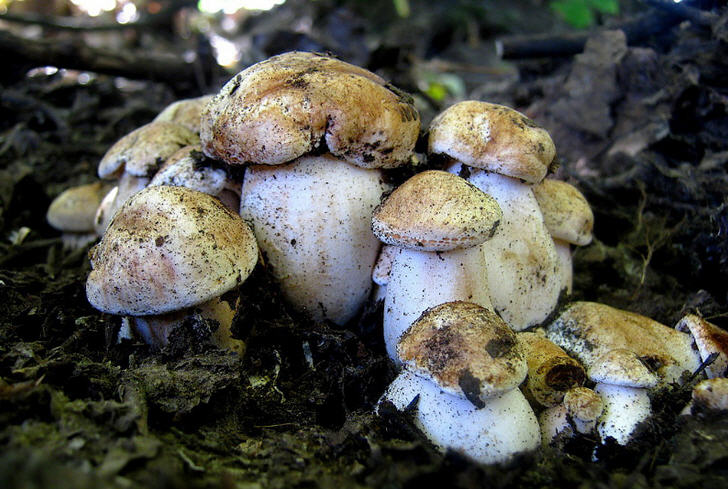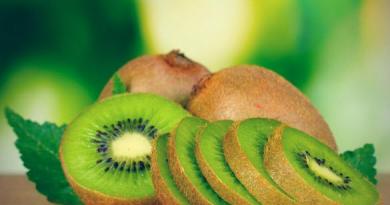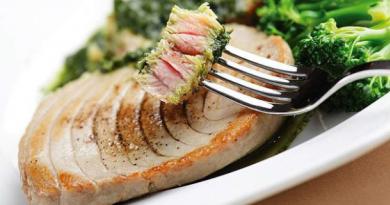Ryadovki belong to the genus of ground agaric mushrooms from the family of the same name. Characteristic features are colored caps with a scaly or fibrous surface, rather dense legs, as well as a very strong and pungent odor. Most of the rows are edible, but there are also poisonous representatives. The habitat of the rows is a coniferous or mixed forest with sandy soil. Harvested mainly from August to October.
What types of rows exist
In nature, there are a huge variety of varieties of rows, which differ significantly from each other both in appearance and in properties. The list is quite large, and includes about thirty items, including:
- green rowing, which is often called greenfinch or greenfinch;
- matsutake;
- elm, or elm lyophyllum;
- brown;
- white;
- dove, or bluish;
- water-spotted, or brown-yellow;
- pointed;
- yellow-red;
- earthy gray;
- calocybe, also known as May row or May mushroom;
- gray, which is often called mice;
- bandaged;
- fused;
- sulfur yellow;
- crowded;
- tiger, or poisonous;
- purple;
- poplar;
- violet, and some others.
It should be borne in mind that among these species there are edible and poisonous rows. Therefore, when going to the forest for these mushrooms, it is important to learn how to understand them well.
What do mushrooms look like
It is very important for lovers of mushroom dishes to have an idea of \u200b\u200bwhat rows look like so as not to mistakenly send a dangerous poisonous specimen to their basket. Depending on the species, these mushrooms can have different shapes and colors, so it is very important to know how to distinguish one variety from another.
Rows are edible, conditionally edible and poisonous. It is quite difficult for inexperienced mushroom pickers to tell the difference between them at a glance. Therefore, we will first consider those types of rows that can be collected without any fear.
One of the most popular varieties is edible. It is characterized by a hat diameter of 3 to 12 cm. The color of the hat is gray, in some cases with an olive or purple tint. Its shape may initially be slightly conical or convex, but becomes flatter with time. Roughness or ripples are visible along the edges. The leg of this type of mushroom can reach a height of 5 to 16 centimeters. Its color is usually white or slightly yellowish, in most cases, powdery. The pulp has a fibrous structure, as well as a mild odor.

Row purple belongs to the category of conditionally edible mushrooms. Young specimens are characterized by a bright and rich purple color, which eventually begins to fade and turn pale. Like many other species, the cap has a slightly curved and wavy shape. Another distinctive feature of this species is a pleasant taste and aroma, somewhat similar to the aroma of anise. Like many other types of conditionally edible mushrooms, before preparing rows, they must be processed in accordance with all the rules.
Another popular species is poplar rowing., which belongs to the category of edible mushrooms of the third category. This type of fungus got its name due to the ability to form mycorrhiza (symbiosis) with poplar roots. His hat is spherical and rather fleshy with slightly curled edges - its diameter can vary from 6 to 12 cm. Its color is very interesting, since it varies from gray-reddish to olive-brown.

As the fungus grows, uneven cracks begin to form on the edges of the cap. The color of the pulp of this fruit is whitish, and directly under the cap is reddish.
Where do they grow?
For everyone who is interested in cooking delicious mushroom dishes, it is important to know where the rows grow. Most often they are found in those types of terrain, which are characterized by sandy soils covered with moss. They grow mainly in coniferous forests and pine forests, which is why they are often called sunflowers. In addition, rows often grow in parks and gardens. The very name of these mushrooms suggests that they grow in rows, which are often quite long.
It should be borne in mind that representatives of different varieties of rows prefer different habitats. So, for example, May can be found not only in coniferous forests, but also in deciduous, as well as in meadows and fields.
When can you collect?
Another important question that interests everyone who would like to cook something tasty from these mushrooms is when to collect rows. The very first mushrooms begin to appear as early as May, but the bulk of the crop is usually harvested from early August to late October.
![]()
Experienced mushroom pickers prefer such types of this mushroom as gray, red, and also crowded rows. Using these fruits, you can cook many delicious dishes. They can be fried, pickled or salted, however, when starting cooking, it is imperative to pre-process them:
- carefully remove the skin from the caps,
- Rinse each fruit thoroughly under running water.
It is necessary to rinse very carefully, since the smallest grains of sand and debris can clog between the plates in the cracks.
Edible and non-edible: how to distinguish
Even before harvesting mushrooms, it is important to understand how rows of edible and inedible rows are distinguished from each other.
Fortunately, most varieties are edible and completely safe. These include:
- May;
- purple;
- gray;
- crowded;
- poplar;
- red;
- yellow;
- green;
- earthy.
Each of these species is characterized by individual properties and features.
May rows ka is characterized by a creamy color, which begins to turn white over time. White plates, on the contrary, turn gray over time. According to its taste and aromatic properties, the pulp of this mushroom resembles fresh flour.
It is quite easy to recognize a twisted row. Often these mushrooms grow together so closely that it becomes very problematic to separate them from each other. This explains their characteristic name. The cap of this variety is fleshy, but at the same time brittle. The grayish-brown pulp has an elastic and fibrous texture, a pronounced floury smell, as well as a delicate and pleasant taste that leaves no gourmet indifferent.
Earthy Row quite widely used in cooking in many European countries. The color of the cap can vary from gray to grayish brown. Its flesh has a dense texture and white color. Pronounced taste and aromatic properties are not characteristic of it.
Row poplar- one of the largest species. Its color is predominantly yellowish or terracotta with noticeable lightened edges. The dense pulp, as a rule, has a whitish color.
As for inedible varieties, these include:
- brown;
- white;
- leopard.
Eating them leads to serious poisoning, so take extra care when harvesting mushrooms.
Row is poisonous, how to determine it

A huge danger is poisonous rowing, some of the species of which in appearance are in many ways similar to edible specimens. Gray row poisonous, containing a toxic substance, contributes to the occurrence of gastric disorders in severe forms.
It also has a similar effect white poison row, which has a dull and nondescript gray-white color. Young individuals practically do not have any smell, however, over time, something very unpleasant begins to appear, reminiscent of the musty smell of stale radish.
Some other varieties of toxic rows, unfortunately, have a smell that is almost indistinguishable from the smell of edible specimens, so you need to pay special attention to external signs. One of them is a tiger or leopard row, a characteristic spotted color.
There are many varieties of rows. It is very important to learn to distinguish safe from toxic!



